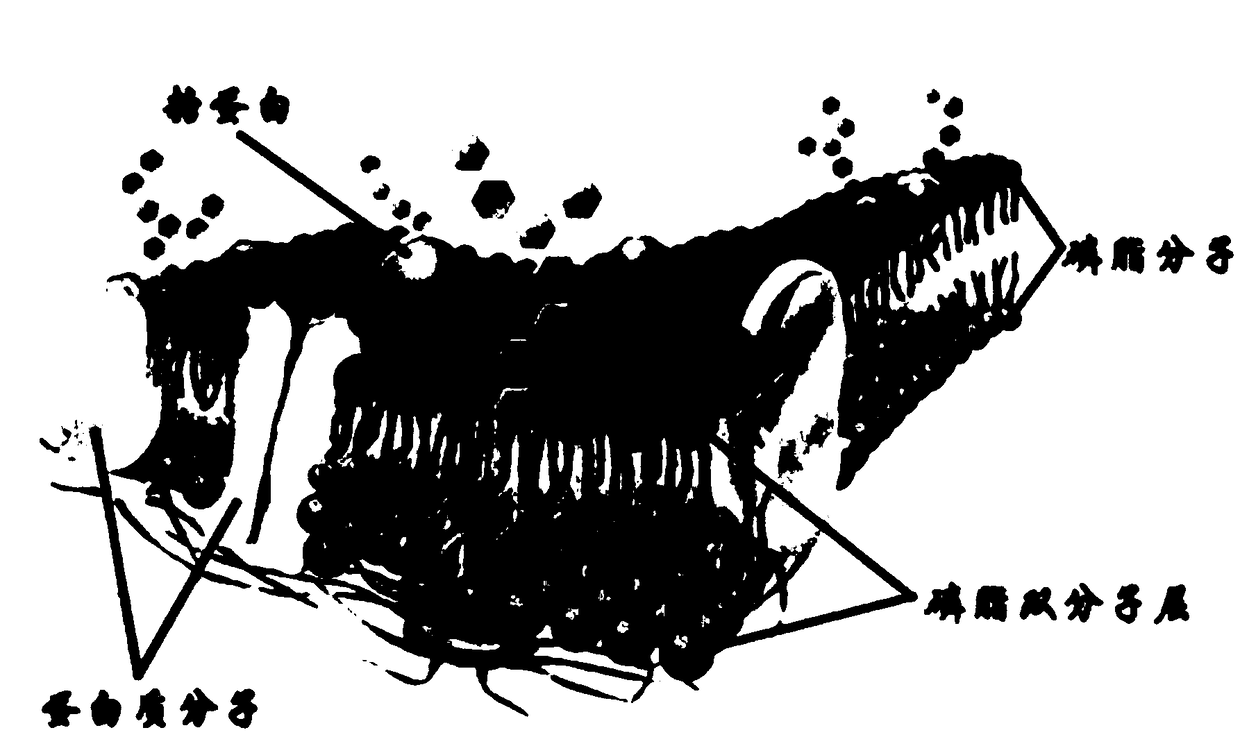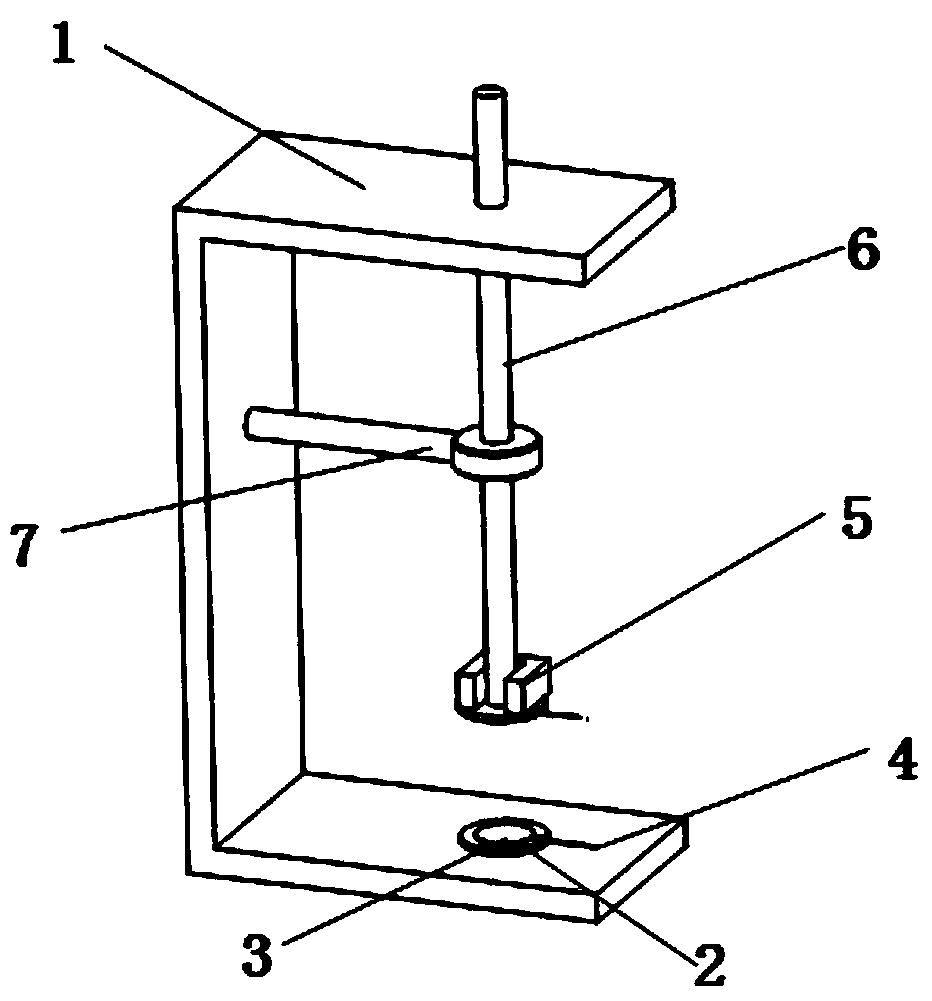Method for determining plant leaf cell conveying capacity
A plant leaf and cell transport technology, applied in the fields of agricultural engineering and crop information detection, can solve the problem of no method for measuring plant leaf cell transport capacity, and achieve the effects of low price, online quantitative detection, and wide applicability
- Summary
- Abstract
- Description
- Claims
- Application Information
AI Technical Summary
Problems solved by technology
Method used
Image
Examples
Embodiment 1
[0044] Take framing trees as an example. On the campus of Jiangsu University, the leaves with relatively consistent growth on fresh branches were picked, and they were quickly returned to the laboratory. After cleaning the surface dust of the leaves on the fresh branches, the leaves were immediately placed in ① pH 7.0 solution for 4 hours, ② pH 7.0 solution Treat for 6 hours, ③ pH 9.0 solution for 4 hours, connect the measuring device to the LCR tester, clean the leaves, clamp the above-mentioned treated leaves between parallel plates, set the measuring voltage to 1.5 volts, and the measuring frequency to 3000 Hz, parallel mode Measure the physiological resistance, physiological impedance, and physiological capacitance (such as Table 1) of the leaves of the mulberry plant; then, according to the formula: (Wherein Xc is the physiological capacitance of the tree leaf, C is the physiological capacitance of the leaf of the tree, f is the test frequency, and π is the pi equal to 3...
Embodiment 2
[0053] Take the mulberry tree, for example. On the campus of Jiangsu University, pick leaves with consistent growth on fresh branches, and quickly return to the laboratory. After cleaning the surface dust on the leaves on the fresh branches, the leaves are immediately placed in ① pH 5.0 solution for 2 hours, ② pH 6.0 solution Treat for 2 hours, ③pH 7.0 solution for 2 hours, ④pH 8.0 solution for 2 hours, ⑤pH 9.0 solution for 2 hours, ⑥pH 5.0 solution for 4 hours, ⑦pH 6.0 solution for 4 hours, ⑧pH 7.0 solution for 4 hours ⑨pH is 8.0 solution treatment for 4 hours, ⑩pH is 9.0 solution treatment for 4 hours; the measuring device is connected with the LCR tester, the blade is cleaned, the blade after the above treatment is clamped between parallel plates, the measuring voltage is set to 1.5 volts, and the measurement Frequency is 3000Hz, parallel mode measures mulberry plant leaf physiological resistance, physiological impedance, physiological capacitance (as table 4); Then, accord...
PUM
| Property | Measurement | Unit |
|---|---|---|
| diameter | aaaaa | aaaaa |
Abstract
Description
Claims
Application Information
 Login to View More
Login to View More - R&D
- Intellectual Property
- Life Sciences
- Materials
- Tech Scout
- Unparalleled Data Quality
- Higher Quality Content
- 60% Fewer Hallucinations
Browse by: Latest US Patents, China's latest patents, Technical Efficacy Thesaurus, Application Domain, Technology Topic, Popular Technical Reports.
© 2025 PatSnap. All rights reserved.Legal|Privacy policy|Modern Slavery Act Transparency Statement|Sitemap|About US| Contact US: help@patsnap.com



